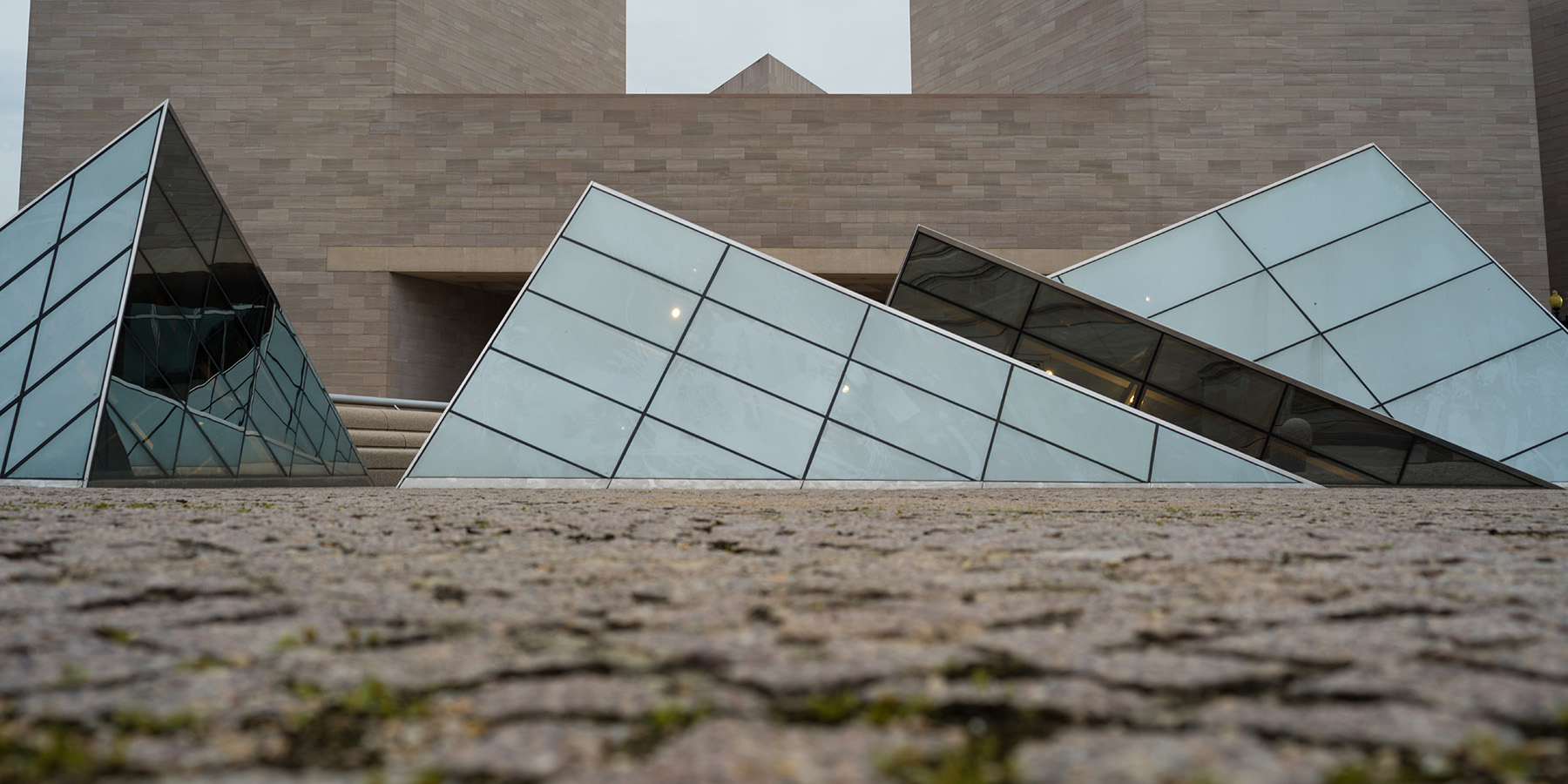Cleo Nisse
Unraveling Canvas: Textile Supports and Venetian Painting from Bellini to Tintoretto

Titian, Doge Andrea Gritti (recto and verso), c. 1546/1550, oil on canvas, National Gallery of Art, Washington, Samuel H. Kress Collection, 1961.9.45
The National Gallery’s portrait of the Venetian ruler Doge Andrea Gritti (c. 1546/1550) by Titian emanates authoritative, pulsating presence. The image appears to vibrate subtly, conveying the vitality of a breathing being and recalling Ludovico Dolce’s praise of the artist’s capacity to infuse pictures with life: “egli cammina di pari con la natura: onde ogni sua figura è viva, si muove, e le carni tremano” (he walks in step with nature: every one of his figures is alive, it moves, and its flesh trembles). This impression of life force is even more striking since it was probably a posthumous portrayal. Two afterlives are at stake here: Andrea Gritti’s, and that of the painting itself. Remarkably, the artwork has escaped conservation/restoration interventions such as lining that have critically altered the original surface qualities of paintings. It retains a rich texture—one born during the process of creation from the interplay among Titian’s paint-loaded brush, a thin ground layer, and a rough canvas with an irregular weave pattern. The insistently uneven relief of this canvas is foundational and essential to the impact of the finished painting: the yarn patterns interrupt the strokes of paint, inviting a broken mark, disrupting planes, disallowing precise contours, contributing to vibrantly variegated coloristic effects, and ultimately to the slightly out-of-focus, tremblingly alive quality of Gritti’s portrait. As such, to understand how Doge Andrea Gritti came into being and how it achieves its impact, we must attend to the support: both to this piece of fabric in its specific materiality and to canvas as an (art-)historical phenomenon.
Between circa 1450 and 1550, a tectonic shift took place in Venetian art. Canvas substituted panel or wall as the preferred support for painting, moving from the periphery to the core of art-making in the city, becoming key to the pictorial processes and novel pictorial language elaborated by artists like Titian. Sixteenth-century critics associated canvas with painting in Venice, a connection that has persisted to become a veritable trope of Venetian art history. In 1982 David Rosand identified the support as a “necessary premise” for the special development of Venetian painting. My dissertation builds upon, or rather excavates under, such literature by transposing canvas from premise to subject.
Approaching canvas from multiple perspectives, my project offers a deeper understanding of its catalyzing role in early modern Venetian art. Ultimately, I argue that these canvases can be profitably analyzed as mediators of representation—altering, inflecting, and informing the images they convey. My wider aims are twofold: on the one hand, to model a methodology that integrates approaches such as visual, textual, and sociocultural analysis with technical art history and conservation-informed comprehension of the materially altered nature of art objects; on the other, to contribute to an account of the history of an art form—the canvas picture—that still occupies a central role in the global art world today.

Titian, Doge Andrea Gritti (detail), c. 1546/1550, oil on canvas, National Gallery of Art, Washington, Samuel H. Kress Collection, 1961.9.45
Through a critical analysis of the reasons traditionally used to explain the adoption of canvas in Venice—the damp Venetian climate, the manufacture of sailcloth for its fleet, and the transportation needs of the lagoon city—I demonstrate that none of these explanations can stand alone as the cause of this major transition in artistic practice. Rather, it was a multifactorial process involving but not limited to those three elements. Furthermore, Venetian artists adopted canvas for different painting types at different moments.
During two fellowship years in Venice, I investigated both the making of paintings on canvas and the production of canvas itself. The latter endeavor illuminated the variety of canvas types available to artists and the conditions of their manufacture within the rich fabric trade of early modern Venice. My object-based study concentrating on a corpus of approximately 80 paintings on canvas from 1446 to 1580 in the collection of the Gallerie dell’Accademia di Venezia explores the relationship between fabric and facture. By devoting careful attention to the nuances of the rapport between the material properties of canvas and artistic process, strained through research into the life histories of each artwork, I show how the textural possibilities offered by canvas came to play a key role in Venetian painting practice and style. Doge Andrea Gritti is a lodestar for this project, but also just one example of the radical experimentation into the pictorial possibilities of painting on canvas that took place in Renaissance Venice. While in residence at the Center, I interwove the results of that material investigation with a reading of 16th-century art literature to situate canvas within the artistic discourse of the Venetian Cinquecento—right at the heart of its painterly poetics.
Columbia University
Paul Mellon Fellow, 2020–2023
After defending her dissertation, Cleo Nisse will join Rijksuniversiteit Groningen as assistant professor of early modern art history.
